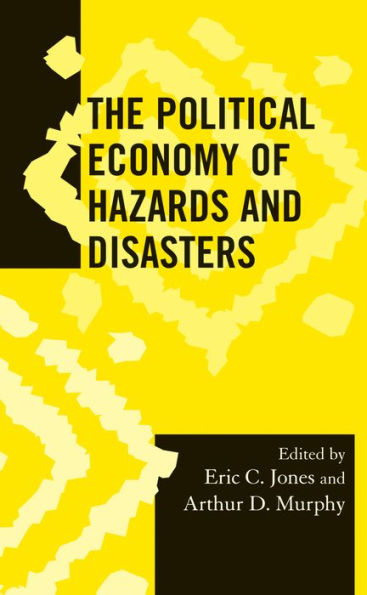5
1

The Political Economy of Hazards and Disasters
366
The Political Economy of Hazards and Disasters
366
162.0
In Stock

Product Details
| ISBN-13: | 9780759113091 |
|---|---|
| Publisher: | AltaMira Press |
| Publication date: | 04/16/2009 |
| Series: | Society for Economic Anthropology Monograph Series |
| Pages: | 366 |
| Product dimensions: | 6.20(w) x 9.10(h) x 1.10(d) |
About the Author
From the B&N Reads Blog
